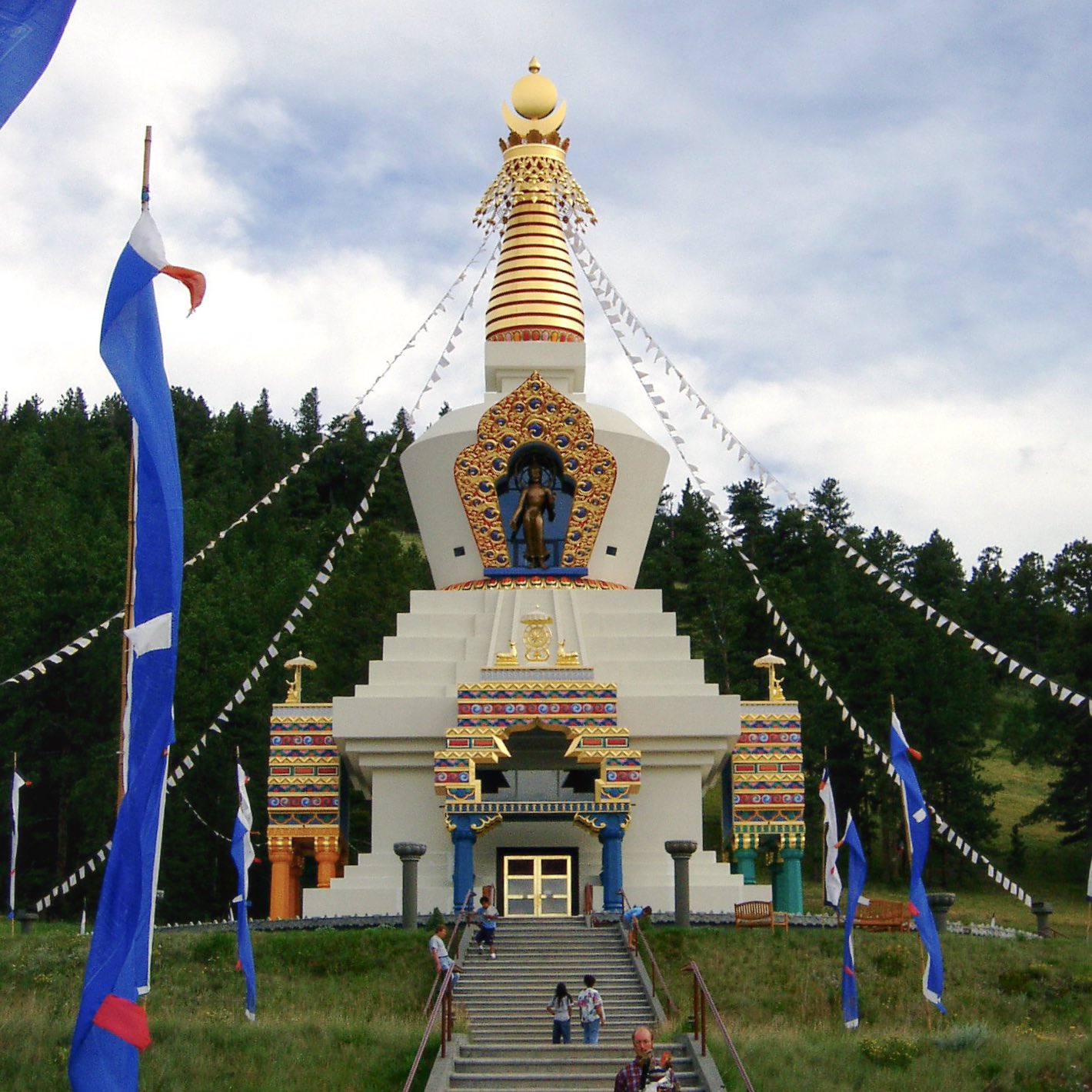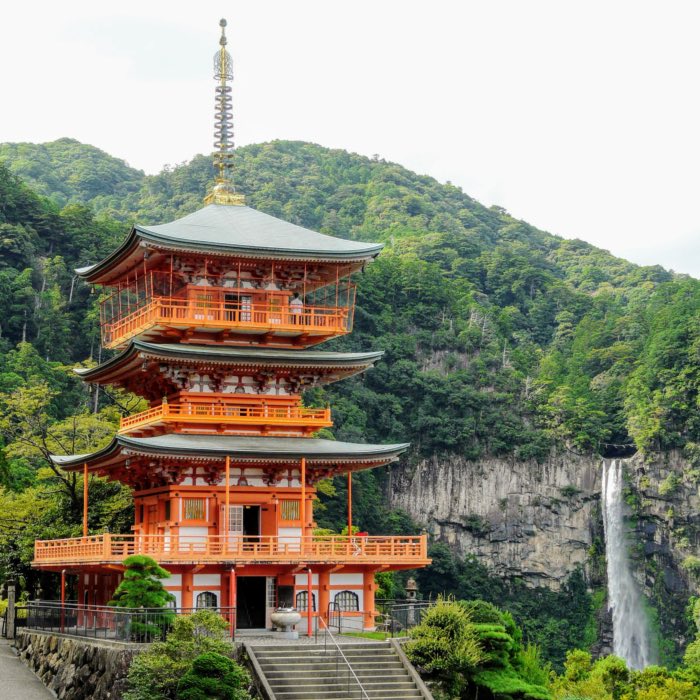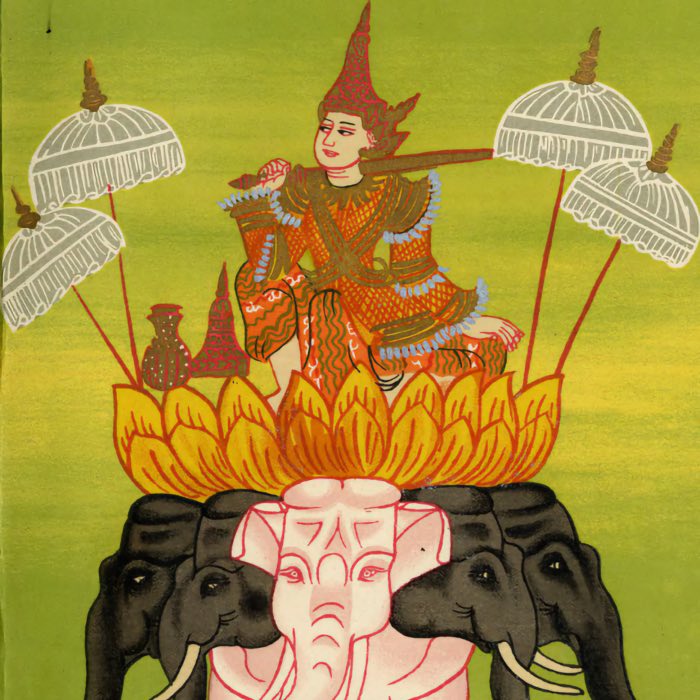Weekend Stories
I enjoy going exploring on weekends (mostly). Here is a collection of stories and photos I gather along the way. All posts are CC BY-NC-SA licensed unless otherwise stated. Feel free to share, remix, and adapt the content as long as you give appropriate credit and distribute your contributions under the same license.
diary · tags · RSS · Mastodon · flickr · simple view · grid view · page 3/51
Gandhāra: The Greco-Buddhist encounter and the birth of Buddhist figural art
Situated at the cultural crossroads of South Asia and the wider Hellenistic world, Gandhāra stands out as one of the most fascinating and consequential regions in ancient history. Over the course of nearly a millennium, it absorbed and synthesized influences from Persian, Greek, Indian, Central Asian, and Roman cultures, becoming a crucible of religious and artistic innovation. Nowhere is this synthesis more vividly expressed than in the development of Gandhāran Buddhist art: a tradition that redefined the visual language of Buddhism and shaped its transmission across Asia. In this post, we explore the historical trajectory of Gandhāra, from its role in imperial networks to its golden age under the Kushans, and examine the unique art style that emerged from this multicultural milieu. Through a close look at archaeology, iconography, and cultural exchange, we aim to understand Gandhāra not only as a historical region but as a key chapter in the global history of Buddhist thought and artistic expression.
Menander I and the Milindapañha: A Hellenistic king in Buddhist tradition
Menander I, known in Buddhist tradition as King Milinda, was one of the most prominent rulers of the Indo-Greek Kingdom during the 2nd century BCE. His reign marked a period of both territorial expansion and cultural fluorescence in the regions that now comprise Afghanistan, Pakistan, and northwestern India. Unusually for a Greek monarch ruling in a non-Hellenistic context, Menander became immortalized not merely for his military prowess or political power, but for his philosophical engagement with the Buddhist tradition. In this post, we explore Menander’s historical role as a Hellenistic king, his place in the Indo-Greek world, and his enduring legacy through the Milindapañha.
Ai-Khanoum: The Greco-Buddhist city in Central Asia
Ai-Khanoum, located at the junction of the Oxus (Amu Darya) and Kokcha rivers in present-day Afghanistan, is one of the most remarkable archaeological sites bridging the Greek and Indian cultural worlds. Often identified with the city of Alexandria Oxiana, its ruins reveal a Hellenistic urban center that flourished far from the Mediterranean core, at the easternmost edge of the Greek world. Discovered in the 20th century, Ai-Khanoum has dramatically reshaped our understanding of how Greek culture interacted with local traditions in Central Asia and beyond. In this post, we explore Ai-Khanoum not only as a city of great historical interest but as a living symbol of cultural hybridity. We aim to show how this city functioned as a microcosm of Greco-Buddhist interaction, illuminating broader patterns of artistic, philosophical, and religious exchange between East and West during the Hellenistic era.
Hellenistic encounters with India: Historical and cultural background
Long before modern globalization, the ancient world saw remarkable episodes of intercultural exchange that shaped civilizations across continents. One of the most significant of these moments occurred during the Hellenistic period, when the conquests of Alexander the Great and the rise of successor states brought the Mediterranean world into sustained contact with the Indian subcontinent. This convergence initiated a centuries-long process of political, artistic, and philosophical interaction, especially in the regions that today encompass Afghanistan, Pakistan, and northwest India. This post aims to offer a structured overview of these Hellenistic-Indian encounters, clarifying the often-confused chronology of events involving Alexander’s campaigns, the Seleucid Empire, the Greco-Bactrian and Indo-Greek kingdoms, and the development of the Gandhāran cultural sphere. By situating these interactions in their historical context, we aim to better understand their role in the emergence of Greco-Buddhist art, the cross-pollination of philosophical ideas, and the long-term significance of East–West dialogue in antiquity.
Modern Buddhist monuments outside Asia
While Buddhist monumental architecture is most closely associated with the sacred landscapes of Asia, the past few decades have witnessed the emergence of large-scale Buddhist monuments across Africa, the Americas, and Europe. Often initiated by transnational Buddhist organizations or diaspora communities, these structures serve not only as sites of devotion and meditation, but also as cultural landmarks, educational centers, and symbols of Buddhism’s global diffusion. Though fewer in number than their Asian counterparts, these monuments demonstrate the adaptability of sacred form to new geographies and cultural contexts. In this post, we explore four notable examples: Nan Hua Temple in South Africa, the Buddha Giant in Brazil, the Great Stupa of Dharmakaya in the United States, and the Temple of 1000 Buddhas in France. Through these case studies, we consider how modern Buddhist architecture outside Asia blends traditional iconography with local needs, promotes global Buddhist networks, and expands the visual and spiritual footprint of the tradition.
Monumental Buddhist architecture in the modern era
Modern Buddhist architecture represents both a continuation of ancient sacred traditions and a dynamic response to contemporary cultural, political, and spiritual contexts. Since the late 20th century, monumental Buddhist structures have been built across Asia and beyond, often blending traditional design principles with modern materials, new aesthetic sensibilities, and globalized functions. These projects express a range of motivations, from devotional piety and national identity to cultural diplomacy and religious revival. In this post, we explore the forms, meanings, and contexts of modern monumental Buddhist architecture, focusing on major examples from across Asia. We investigate how sacred architecture continues to shape and reflect the evolving landscapes of Buddhism today, while engaging with both local traditions and global trends.
Buddhist temple tradition in East Asia: China, Korea, Japan, and Vietnam
The Buddhist temple tradition in East Asia represents a remarkable synthesis of religious transmission, cultural adaptation, and architectural innovation. From the arrival of Buddhism in China via the Silk Roads in the 1st century CE to its spread across Korea, Japan, and Vietnam, temples became more than places of worship. They evolved into centers of monastic learning, artistic production, and community life. Each region shaped the temple tradition in unique ways, blending Buddhist cosmology with local religious practices, political ideologies, and aesthetic sensibilities. In this post, we explore the historical development, architectural features, and cultural significance of Buddhist temples in East Asia, highlighting their role as symbols of spiritual and cultural heritage across the region.
Tibetan monastic sites: Samye, Sakya, and the foundations of institutional Buddhism in Tibet
The emergence of monastic institutions in Tibet between the 8th and 13th centuries marked a transformative era in the development of Tibetan Buddhism. These monasteries, beginning with Samye, the first state-supported monastery, and later Sakya, became the cornerstones of Tibetan religious, cultural, and political life. They served as centers for doctrinal transmission, scholastic discipline, and ritual authority, shaping the unique character of Tibetan Buddhism. Against a backdrop of imperial patronage, political fragmentation, and religious revival, these institutions played a pivotal role in translating Indian Buddhist texts, preserving ordination lineages, and fostering the growth of distinct Tibetan schools. In this post, we explore the foundational contributions of Samye and Sakya monasteries, their architectural and doctrinal innovations, and their legacy in Tibetan and Inner Asian Buddhism.
Polonnaruwa: Buddhism, kingship, and urban renewal in medieval Sri Lanka
Polonnaruwa, the medieval capital of Sri Lanka from the 11th to 13th centuries, represents a transformative era in the island’s history. Following the decline of Anurādhapura, Polonnaruwa emerged as a vibrant political and religious center, marked by the restoration of Theravāda Buddhism, monumental architecture, and sophisticated urban planning. Under the reigns of visionary kings like Vijayabāhu I and Parākramabāhu I, the city became a hub of monastic reform, scriptural preservation, and hydraulic innovation. In this post, we explore Polonnaruwa’s historical significance, its role in shaping Buddhist statecraft, and its legacy as a symbol of Sri Lanka’s cultural and spiritual heritage.
Bagan-era successor states: Buddhist continuities and regional transformations in Myanmar
The fall of the Bagan Empire in the late 13th century marked a decisive turning point in Burmese history. Following centuries of political centralization and religious flourishing under Bagan’s Theravāda Buddhist kings, the empire fractured under the pressure of Mongol invasions and internal instability. The collapse of centralized rule did not, however, signal the end of Burmese Buddhism. Instead, it ushered in a period of regional fragmentation during which Buddhist institutions adapted to new political landscapes and continued to serve as vital cultural and religious anchors. The fall of the Bagan Empire in the late 13th century marked a decisive turning point in Burmese history. Following centuries of political centralization and religious flourishing under Bagan’s Theravāda Buddhist kings, the empire fractured under the pressure of Mongol invasions and internal instability. The collapse of centralized rule did not, however, signal the end of Burmese Buddhism. Instead, it ushered in a period of regional fragmentation during which Buddhist institutions adapted to new political landscapes and continued to serve as vital cultural and religious anchors.









